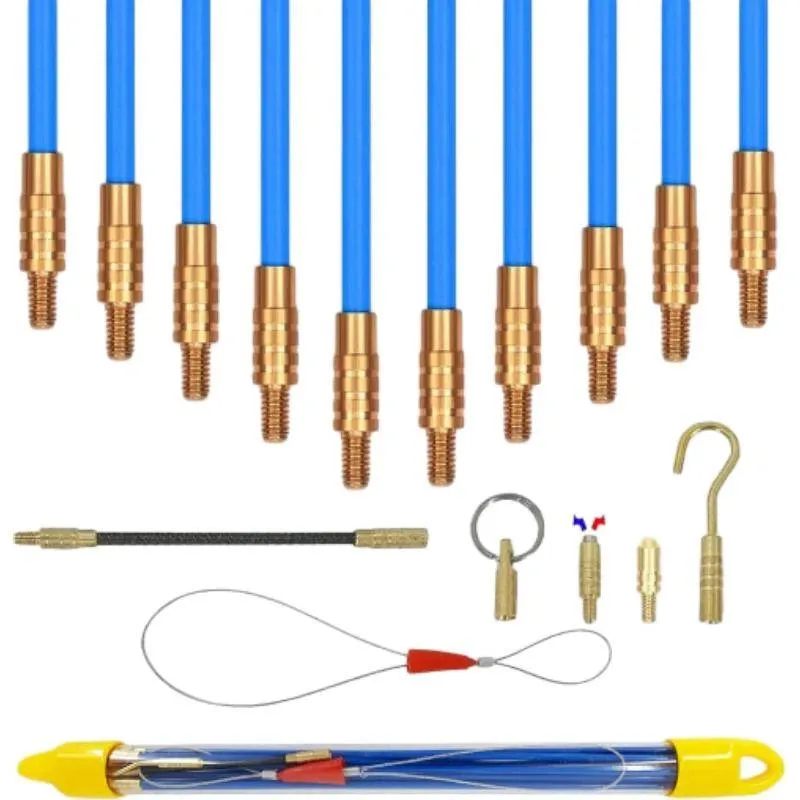
-
 Afrikaans
Afrikaans -
 Albanian
Albanian -
 Amharic
Amharic -
 Arabic
Arabic -
 Armenian
Armenian -
 Azerbaijani
Azerbaijani -
 Basque
Basque -
 Belarusian
Belarusian -
 Bengali
Bengali -
 Bosnian
Bosnian -
 Bulgarian
Bulgarian -
 Catalan
Catalan -
 Cebuano
Cebuano -
 Corsican
Corsican -
 Croatian
Croatian -
 Czech
Czech -
 Danish
Danish -
 Dutch
Dutch -
 English
English -
 Esperanto
Esperanto -
 Estonian
Estonian -
 Finnish
Finnish -
 French
French -
 Frisian
Frisian -
 Galician
Galician -
 Georgian
Georgian -
 German
German -
 Greek
Greek -
 Gujarati
Gujarati -
 Haitian Creole
Haitian Creole -
 hausa
hausa -
 hawaiian
hawaiian -
 Hebrew
Hebrew -
 Hindi
Hindi -
 Miao
Miao -
 Hungarian
Hungarian -
 Icelandic
Icelandic -
 igbo
igbo -
 Indonesian
Indonesian -
 irish
irish -
 Italian
Italian -
 Japanese
Japanese -
 Javanese
Javanese -
 Kannada
Kannada -
 kazakh
kazakh -
 Khmer
Khmer -
 Rwandese
Rwandese -
 Korean
Korean -
 Kurdish
Kurdish -
 Kyrgyz
Kyrgyz -
 Lao
Lao -
 Latin
Latin -
 Latvian
Latvian -
 Lithuanian
Lithuanian -
 Luxembourgish
Luxembourgish -
 Macedonian
Macedonian -
 Malgashi
Malgashi -
 Malay
Malay -
 Malayalam
Malayalam -
 Maltese
Maltese -
 Maori
Maori -
 Marathi
Marathi -
 Mongolian
Mongolian -
 Myanmar
Myanmar -
 Nepali
Nepali -
 Norwegian
Norwegian -
 Norwegian
Norwegian -
 Occitan
Occitan -
 Pashto
Pashto -
 Persian
Persian -
 Polish
Polish -
 Portuguese
Portuguese -
 Punjabi
Punjabi -
 Romanian
Romanian -
 Russian
Russian -
 Samoan
Samoan -
 Scottish Gaelic
Scottish Gaelic -
 Serbian
Serbian -
 Sesotho
Sesotho -
 Shona
Shona -
 Sindhi
Sindhi -
 Sinhala
Sinhala -
 Slovak
Slovak -
 Slovenian
Slovenian -
 Somali
Somali -
 Spanish
Spanish -
 Sundanese
Sundanese -
 Swahili
Swahili -
 Swedish
Swedish -
 Tagalog
Tagalog -
 Tajik
Tajik -
 Tamil
Tamil -
 Tatar
Tatar -
 Telugu
Telugu -
 Thai
Thai -
 Turkish
Turkish -
 Turkmen
Turkmen -
 Ukrainian
Ukrainian -
 Urdu
Urdu -
 Uighur
Uighur -
 Uzbek
Uzbek -
 Vietnamese
Vietnamese -
 Welsh
Welsh -
 Bantu
Bantu -
 Yiddish
Yiddish -
 Yoruba
Yoruba -
 Zulu
Zulu


सेप . 28, 2024 12:18 Back to list
leaf electroscope
Understanding the Leaf Electroscope A Simple Demonstration of Electricity
The leaf electroscope is a fascinating device that illustrates the principles of electrostatics in a clear and engaging way. Invented in the 18th century, this simple instrument has stood the test of time and continues to be a popular educational tool for demonstrating the concepts of electric charge, conduction, and induction.
At its core, a leaf electroscope consists of a metal rod connected to two thin metal leaves (often made of gold or aluminum) that hang freely inside a glass enclosure. The leaves are often enclosed in a protective casing to prevent environmental factors from affecting the readings. When the rod is charged, it imparts its charge to the leaves, causing them to repel each other due to the like charges that are now present on both leaves.
The operation of the leaf electroscope can be divided into several key steps. Initially, the electroscope is neutral, meaning it has an equal number of positive and negative charges. When a charged object, such as a rubbed balloon or a piece of fur, comes close to the metal rod (without touching it), it induces a charge separation in the electroscope. If the charged object is negatively charged, for instance, it will repel the electrons in the electroscope, causing the rod to become positively charged as electrons move down to the leaves. As a result, both leaves acquire a negative charge and repel each other, causing them to diverge visibly.
leaf electroscope

The extent of the divergence of the leaves can indicate the strength of the charge a greater separation signifies a higher charge. This phenomenon provides a clear visual representation of electric force and charge interaction, making it a powerful teaching aid in physics education.
One of the remarkable features of the leaf electroscope is that it can demonstrate both conduction and induction processes. If a positively charged object touches the metal rod, it transfers some of its positive charge to the electroscope, and both leaves will diverge as they acquire like charges. In contrast, if the charged object is brought close but does not touch, the electroscope will still show divergence due to induction.
Moreover, the leaf electroscope is a testament to the fundamental principles of electrostatic forces and charge conservation. It demonstrates how materials can gain or lose electrons, leading to the creation of charged objects. These principles underpin a vast array of observations and applications in our daily lives, from simple static electricity phenomena, such as hair standing on end when brushing, to complex technologies that drive modern electronics.
In conclusion, the leaf electroscope serves as an excellent educational tool that encapsulates the basic laws of electrostatics. Its simplicity and effectiveness in demonstrating the nature of electric charges make it an essential instrument in classrooms and educational demonstrations, effectively bridging the gap between theoretical concepts and observable physical phenomena. Whether for students encountering electricity for the first time or as a demonstration for physics enthusiasts, the leaf electroscope remains a striking example of the wonders of science.
Latest news
duct-rodders-and-conduit-rod-tools
NewsAug.22,2025
ratchet-pullers-and-wire-tightening-tools
NewsAug.22,2025
chain-ratchet-pullers-and-hoist-solutions
NewsAug.22,2025
telescopic-hot-stick-for-electrical-and-high-voltage-use
NewsAug.22,2025
cable-clamp-and-insulated-cable-clamp-systems
NewsAug.22,2025
duct-rodder-conduit-rodder-and-cable-solutions
NewsAug.22,2025








